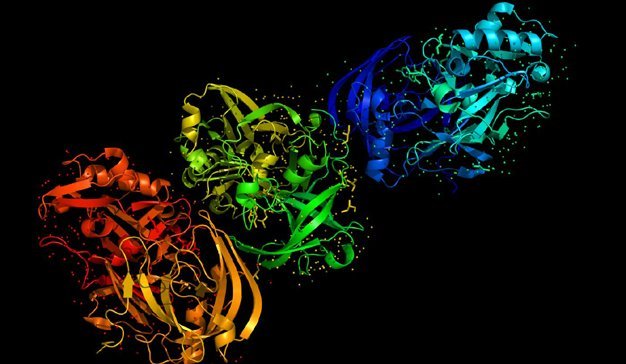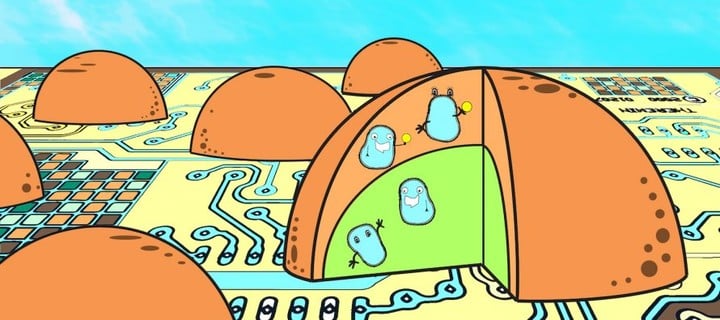The wave of artificial meat is sweeping across the globe, and now the artificial meat on the market is mainly synthesized by plant proteins. In fact, in addition to artificial meat, the rapid development of artificial protein synthesis technology may have a greater impact on food production and agriculture.
According to the recently published a report by the American independent think tank Rethink X, it will be artificial by 2030. The price of the protein will be 5 times cheaper than the current animal protein, and 10 times cheaper by 2035, reaching a price close to that of sugar.

In addition to being cheaper, these artificial proteins have advantages in various key attributes, such as being more nutritious, healthier, taste better, more convenient, and unimaginably rich in variety, which means that future artificial proteins are expected to replace Traditional agriculture and animal husbandry has become the main source of protein intake.
This future is possible thanks to the rapid development of precision biology. This technology allows people to program microbes to produce almost any complex organic molecule.
This model of biotechnology and food production is called “Food-as-Software”. Scientists design individual molecules and upload databases. Food engineers around the world can Design different foods like design software.

▲Image from: Yale Scientific Magazine< /p>
In this mode, food can be iterated as fast as software. And each new version will be cheaper than the previous generation. Decentralized production systems can produce protein in different environments, which is more flexible than traditional agriculture and animal husbandry, and the requirements for climate and geography are not so high.
The report pointed out that this food production model can increase land utilization by 100 times, raw material utilization by 10-25 times, time efficiency by 20 times, and water saving efficiency by 10 times compared with traditional agriculture and animal husbandry. The amount of waste generated at the same time is also greatly reduced.
 It can be seen that after the large-scale application of this technology, agriculture and animal husbandry are the first to bear the brilliance. Rethink X predicts the number of dairy cows in the United States by 2030. It will drop by 50%, which will make the dairy industry in the past few years worse.
It can be seen that after the large-scale application of this technology, agriculture and animal husbandry are the first to bear the brilliance. Rethink X predicts the number of dairy cows in the United States by 2030. It will drop by 50%, which will make the dairy industry in the past few years worse.
Dean Foods, the largest dairy company in the US not long ago Request for bankruptcy protection, before Dean Foods had suffered losses for five consecutive quarters with a liability of nearly $1 billion. According to the US Department of Agriculture, US milk consumption has fallen by more than 40% since 1975.
